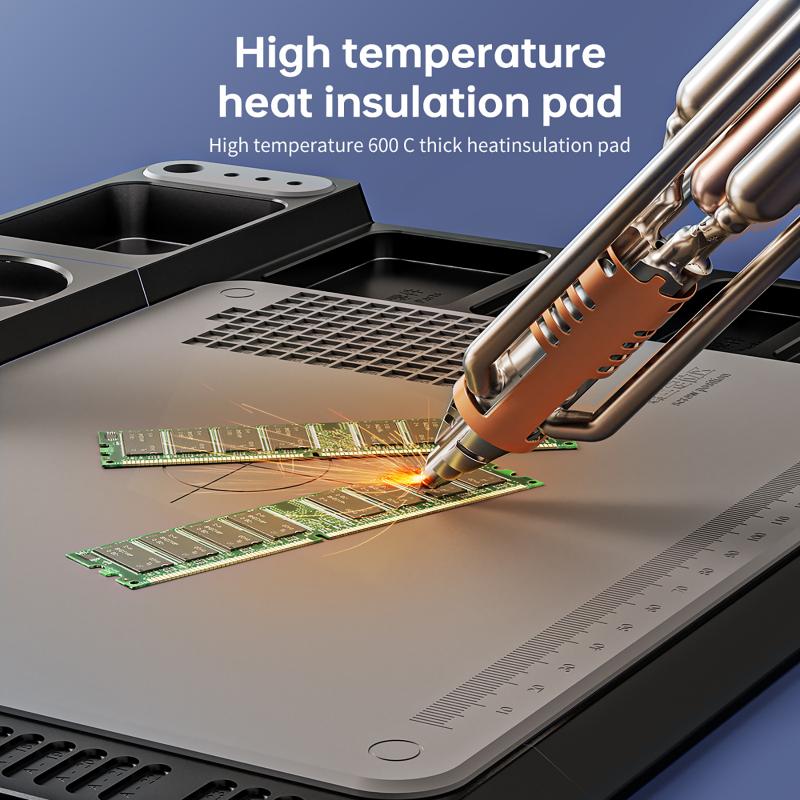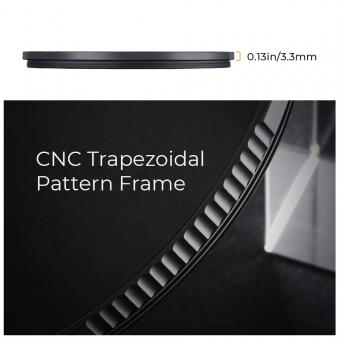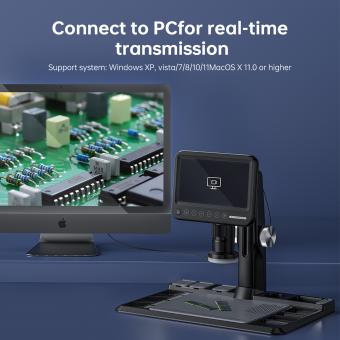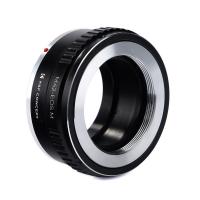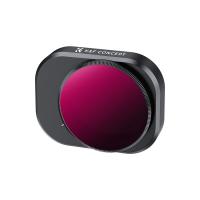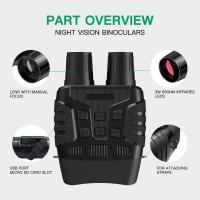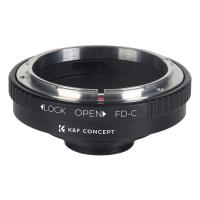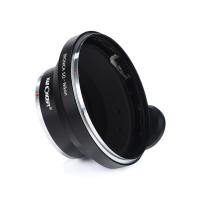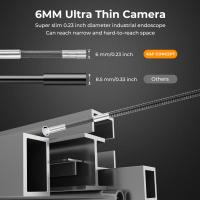How To Design A Microscope ?
Designing a microscope involves several key considerations. First, determine the type of microscope you want to design, such as a compound microscope or a stereo microscope. Next, select the appropriate lenses and optics to achieve the desired magnification and resolution. Consider the light source, whether it's a built-in illumination system or an external source. Decide on the type of stage and focusing mechanism that best suits your needs. Additionally, consider the ergonomics and user interface, ensuring ease of use and comfort. Finally, incorporate any additional features or accessories, such as a camera attachment or digital imaging capabilities, if desired. Throughout the design process, it is important to consider the intended application and target audience to ensure the microscope meets their specific requirements.
1、 Optical system design for improved resolution and magnification.
Optical system design for improved resolution and magnification is a crucial aspect of designing a microscope. Here are the key steps involved in designing a microscope:
1. Define the requirements: Determine the specific application and the desired resolution and magnification levels. This will help in selecting the appropriate components and designing the optical system accordingly.
2. Select the objective lens: The objective lens is the most critical component of a microscope as it determines the resolution and magnification. Choose a lens with a high numerical aperture (NA) to achieve better resolution and a higher magnification power.
3. Consider the illumination system: Proper illumination is essential for obtaining clear and detailed images. Use a bright and uniform light source, such as an LED, and design the illumination system to provide even illumination across the field of view.
4. Optimize the condenser lens: The condenser lens focuses the light onto the specimen. Adjust the condenser aperture to control the amount of light entering the objective lens, which can affect resolution and contrast.
5. Incorporate advanced techniques: To improve resolution and contrast, consider incorporating advanced techniques such as phase contrast, differential interference contrast (DIC), or fluorescence microscopy. These techniques can enhance the visibility of specific structures or molecules within the specimen.
6. Use high-quality optics: Ensure that all optical components, including lenses, mirrors, and filters, are of high quality to minimize aberrations and maximize image quality.
7. Consider digital imaging: In the modern era, digital imaging has become an integral part of microscopy. Design the microscope to accommodate a camera or digital imaging system for capturing and analyzing images.
The latest point of view in microscope design involves the integration of computational imaging techniques. This includes the use of advanced algorithms and image processing methods to enhance resolution, contrast, and depth of field. Additionally, the development of super-resolution microscopy techniques, such as stimulated emission depletion (STED) microscopy and structured illumination microscopy (SIM), has revolutionized the field by enabling imaging beyond the diffraction limit.
Overall, designing a microscope with an optimized optical system is a multidisciplinary task that requires a deep understanding of optics, imaging techniques, and the specific application requirements.

2、 Mechanical design for stability and precise focusing.
To design a microscope, several key factors need to be considered, including optical performance, mechanical stability, and precise focusing capabilities. The mechanical design plays a crucial role in ensuring stability and accurate focusing, which are essential for obtaining clear and detailed images.
Firstly, the microscope should be constructed with a sturdy and rigid frame to minimize vibrations and external disturbances. This can be achieved by using high-quality materials such as aluminum or stainless steel and employing a robust mechanical structure. Additionally, incorporating anti-vibration mounts or isolators can further enhance stability by reducing the impact of external vibrations.
Precise focusing is another critical aspect of microscope design. This can be achieved through the implementation of a fine focusing mechanism that allows for smooth and controlled movement of the objective lens. Various methods can be employed, such as rack and pinion systems, lead screws, or motorized focusing systems. The choice depends on the specific requirements of the microscope and the desired level of precision.
In recent years, advancements in technology have led to the development of automated focusing systems. These systems utilize motorized stages and advanced algorithms to automatically adjust the focus based on the sample or user input. This not only improves accuracy but also enhances user convenience and reduces the risk of human error.
Furthermore, the integration of digital imaging and computer-controlled systems has revolutionized microscope design. This allows for real-time image processing, automated analysis, and remote access to microscope data. Incorporating these features into the mechanical design can greatly enhance the functionality and versatility of the microscope.
In conclusion, designing a microscope with mechanical stability and precise focusing capabilities requires careful consideration of the frame construction, focusing mechanism, and the integration of advanced technologies. By incorporating the latest advancements, such as automated focusing and digital imaging, microscopes can provide improved performance and user experience in various scientific and industrial applications.
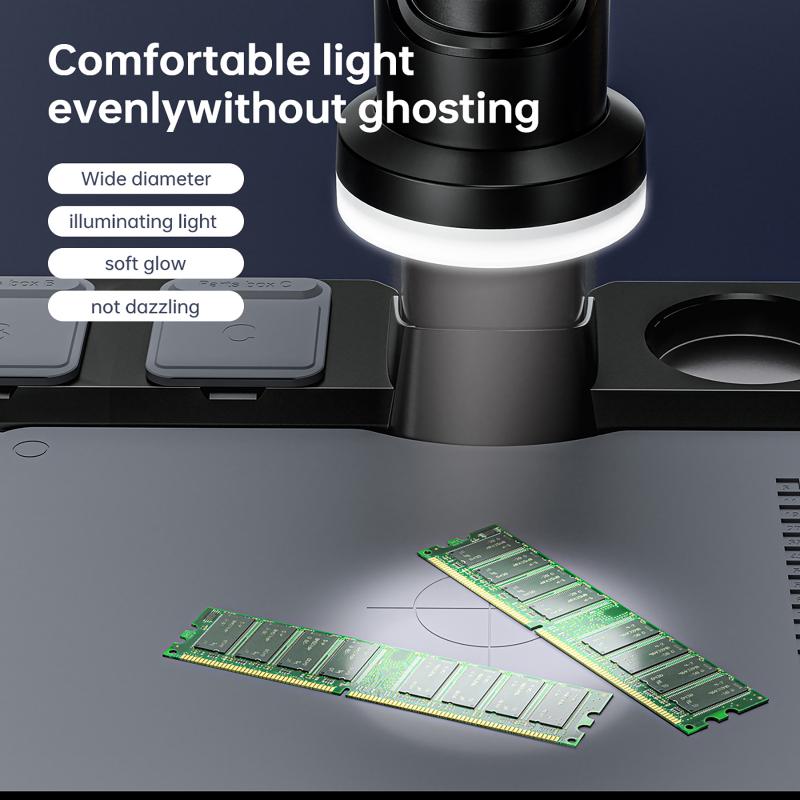
3、 Illumination system design for optimal sample visibility.
Illumination system design for optimal sample visibility is a crucial aspect of microscope design. To achieve this, several factors need to be considered.
Firstly, the type of illumination source plays a significant role. Traditional microscopes use halogen or tungsten-halogen lamps, but with advancements in technology, LED illumination has become increasingly popular. LEDs offer advantages such as longer lifespan, lower power consumption, and a wider range of wavelengths for specific sample requirements.
Next, the illumination pathway needs to be carefully designed. This involves the use of lenses, mirrors, and filters to direct and control the light. Köhler illumination, a technique commonly used in modern microscopes, ensures even illumination across the field of view by adjusting the position and focus of the light source.
Additionally, the angle and intensity of the light should be optimized for the sample being observed. Different samples may require different lighting conditions, such as oblique or darkfield illumination, to enhance contrast and visibility.
Furthermore, the use of advanced techniques like fluorescence microscopy has revolutionized sample visibility. Fluorescent dyes and markers can be used to label specific structures or molecules within the sample, allowing for enhanced visualization and analysis.
Lastly, the integration of digital imaging technology has further improved sample visibility. High-resolution cameras and image processing software enable researchers to capture and analyze images with greater clarity and detail.
In conclusion, designing an illumination system for optimal sample visibility involves selecting the appropriate light source, optimizing the illumination pathway, considering sample-specific lighting techniques, and incorporating advanced imaging technologies. The latest point of view emphasizes the integration of LED illumination, fluorescence microscopy, and digital imaging to enhance sample visibility and improve scientific discoveries.
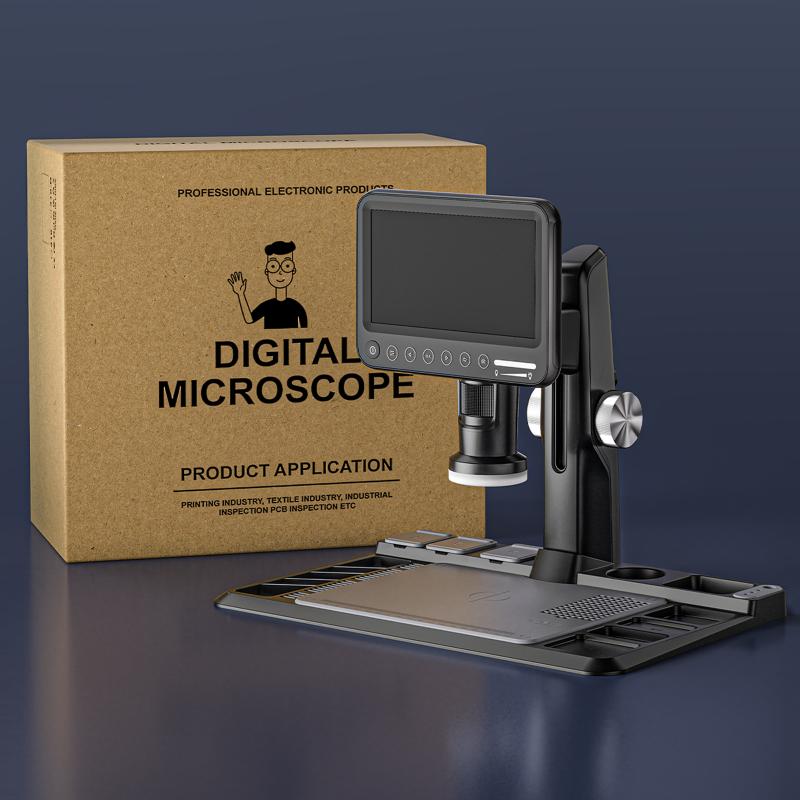
4、 Ergonomic design for user comfort and ease of use.
Ergonomic design for user comfort and ease of use is a crucial aspect when designing a microscope. The goal is to create a device that not only provides accurate and clear imaging but also ensures the user's comfort and ease of operation.
To achieve ergonomic design, several factors need to be considered. Firstly, the microscope should have adjustable features such as the height and angle of the eyepiece and the stage. This allows users of different heights and preferences to comfortably view the specimen without straining their neck or eyes. Additionally, the eyepiece should have a comfortable eye relief distance to accommodate users who wear glasses.
Furthermore, the controls and knobs should be strategically placed and designed for easy manipulation. They should be intuitive and require minimal effort to adjust focus, magnification, and other settings. The placement of controls should be within reach of the user's hands, reducing the need for excessive stretching or reaching.
In recent years, advancements in technology have allowed for the integration of digital imaging systems into microscopes. This has introduced new ergonomic considerations, such as the design of user-friendly software interfaces and touchscreens. These interfaces should be intuitive, with clear icons and menus, allowing users to easily navigate and control the microscope's functions.
Moreover, the overall design of the microscope should take into account the user's posture during operation. The device should be stable and have a sturdy base to prevent any wobbling or shaking. Additionally, the weight distribution should be balanced to minimize strain on the user's arms and hands during prolonged use.
In conclusion, designing a microscope with ergonomic considerations is essential for user comfort and ease of use. By incorporating adjustable features, intuitive controls, and considering the user's posture, the microscope can provide a more comfortable and efficient experience for users.
